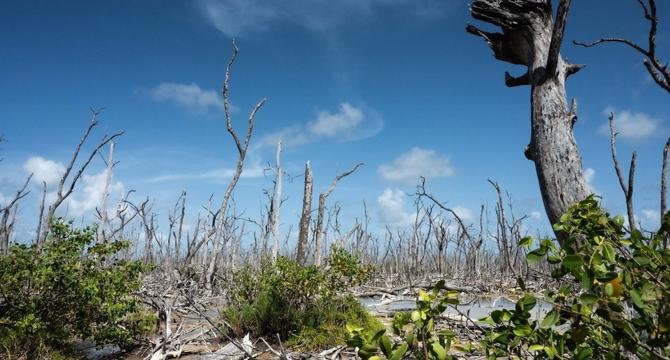Nasa
1M
337

Image Credit: Nasa
NASA Researchers Study Coastal Wetlands, Champions of Carbon Capture
- NASA researchers are studying coastal wetlands to understand their impact on atmospheric levels of carbon dioxide (CO2) and methane, as part of the BlueFlux Campaign.
- Coastal wetlands, despite covering less than 2% of the planet's land, remove a significant amount of carbon dioxide from the atmosphere, with Florida's coastal wetlands alone estimated to remove 31.8 million metric tons annually.
- The research aims to develop models to estimate and monitor greenhouse gas concentrations globally by studying how wetland vegetation responds to environmental factors like rising temperatures and sea levels.
- Blue carbon, stored in oceans and wetlands, offers opportunities for climate mitigation but requires conservation efforts supported by science to prevent carbon loss.
- Methane, produced in wetland soils, is a potent greenhouse gas released as wetland conditions change, impacting the gas exchange between vegetation and the atmosphere.
- Understanding the relationship between wetland health and gaseous flux, including methane production, is crucial for monitoring the impact of ecological changes on global carbon dioxide and methane levels.
- Despite Florida's wetlands acting as a net climate benefit currently, ongoing climate disturbances could alter their role in greenhouse gas flux.
- Historic rates of blue carbon development in mangrove forests are being identified using core samples, aiding in evaluating carbon storage responses to environmental pressures.
- NASA's BlueFlux campaign contributes to understanding wetland ecology changes and restoration efforts in South Florida to protect vital natural resources and support the local ecosystem.
- The future of South Florida's wetlands, crucial for carbon storage, water supply, and unique biodiversity, relies on sound science and management to ensure coexistence with human activities.
Read Full Article
20 Likes
For uninterrupted reading, download the app